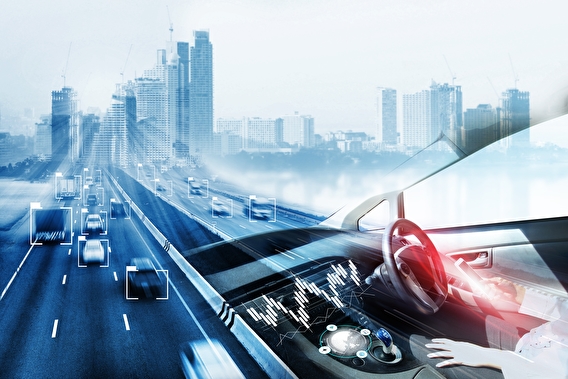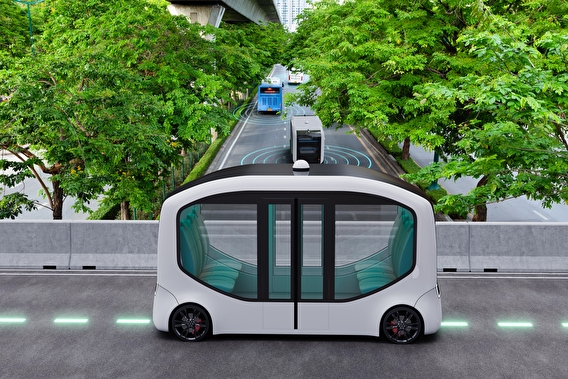
Fully automated vehicles (AVs), or driverless cars, will be commonplace sooner than you think. Right now, carmakers and transportation network companies such as Uber and Lyft are steering AV development. Without public input, this market-driven approach could worsen traffic congestion, sideline public transit, and increase social inequities. It could also hit state and local budgets hard, as revenues from taxes, parking, and associated activities dry up.
But it doesn’t have to be this way. New research centered at the University of Minnesota shows how, by planning carefully for AVs, we could make the most of this technology revolution to improve transportation and make it more equitable for all.
In an NSF-funded study, a large interdisciplinary team examined the potential of one approach: shared automated vehicles (SAVs). The team, led by Professor Zhi-Li Zhang of the U’s Department of Computer Science and Engineering, examined not only how SAV networks could work but also what the impacts on society might be.
The researchers examined considerations around the rollout and regularized use of a hypothetical SAV system in a medium-sized metropolitan area: Minneapolis–St. Paul. They explored several scenarios with increasing levels of SAV adoption. In developing the scenarios, the researchers identified issues that policymakers, planners, and mobility-on-demand companies must address to create an integrated system of SAVs—and ultimately, a healthy, equitable, livable, and prosperous future.

A new report gives highlights of their findings in these key areas:
- Technological backbone for SAVs
- SAV operations and revenues
- Jobs and prosperity
- Public transit
- Social equity
- Land use and streetscapes
From their analysis, the researchers say SAV systems are feasible—and possibly very beneficial—in communities like the Twin Cities. They show how the technology could work, who could own and operate fleets, and where revenues could come from. They describe how SAVs could strengthen—not weaken—existing transit systems. They point to the economic benefits that could materialize and the potential for improving transportation equity. And they illustrate what future streets could look like.
“Could” is the operative word. Making it all happen depends on many important decisions. The report concludes with key recommendations for policymakers, planners, and other officials to prepare for the next technology revolution. Among the recommendations:
- SAV development should include public engagement—and should not be planned and controlled solely by private interests. SAV testing should be visible on public streets.
- Revenue sources such as fuel taxes, parking fees, and fines will dry up. On the other hand, SAV providers that use public infrastructure and customer data could be a source of revenue. Communities should adjust budgets accordingly—and not sell the rights to mobility services cheaply.
- The entire transportation system should be designed for diversity, serving all areas and different populations and user needs.
- Policymakers should seek ways to use SAVs to connect people in low-density or poorly served areas to existing transit services. Transit agencies may need to offer a wide range of services, vehicles, levels of convenience, and amenities.
- AVs will disrupt work for many people who drive for a living. Policymakers should mediate this disruption.
- Cities should start to plan how land that is currently devoted to parking and roads could be repurposed to address sustainability, equity, and housing affordability goals.
This research was funded as part of a National Science Foundation (NSF) Smart and Connected Communities grant (award no. CMMI-1831140)—Leveraging Autonomous Shared Vehicles for Greater Community Health, Equity, Livability, and Prosperity (HELP). Support also came from Dayton Hudson Foundation funds at the University of Minnesota Foundation.
Writer: Ann Nordby


